Advice Articles
- Home
- Advice Articles
- Breastfeeding
- Feeding Expressed Breastmilk
Feeding Expressed Breastmilk
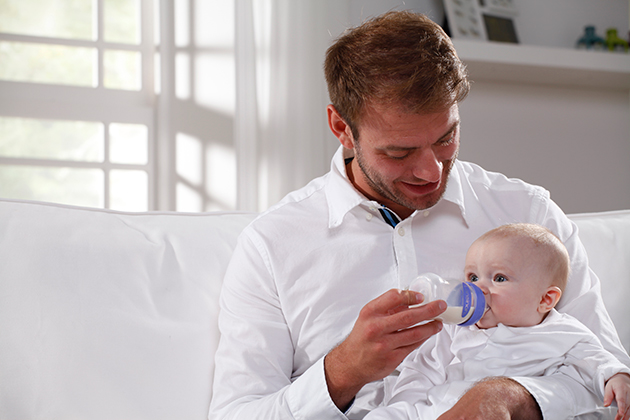
It’s important to know that exclusive breastfeeding is recommended for the first 6 months of baby’s life and in combination with other foods up to the age of 2 years and beyond. During this time, you may choose to express and have a supply of breastmilk always on hand for whenever your partner or caregiver need to feed your baby and you are not there.
Remember to focus on establishing a good nursing relationship and milk supply through regular breastfeeding in the first few weeks after birth. Get breastfeeding well established (around weeks six to eight), before considering introducing a bottle.
It is important for you to know that baby will go back to breast when you are back, so choosing the right feeding bottle to avoid nipple confusion is essential. The NaturalWaveTM Bottle & Teat is designed to help maintain established breastfeeding patterns, so that mums can switch between breast and bottle with ease and confidence.
Once you’ve decided to introduce a feeding bottle and chosen one, the next thing to consider is the best feeding technique to use when feeding your baby with it. The current style of bottle feeding is associated with an increased risk of overfeeding and colic, and because of this, health professionals now advocate an alternative technique known as paced responsive feeding.
This is a very simple feeding technique with the key benefit being that the feeding pace is set by the baby according to his/her needs and not forced, while the parents and caregivers learn to recognise and respond to cues that their baby is hungry or that they have had enough milk.
Ideally your baby should be held upright and skin to skin for close contact and to encourage bonding. The bottle should be held horizontal just filling the teat with milk and the tip of the teat should be placed just below the nose to let your little one reach for it, as with a breastfeed. If your baby is drinking too fast, tip the bottle down or remove it to slow the pace of the feed, as your baby shouldn’t be forced to finish a bottle if he/she indicate they are done. If you switch sides half way through the feeding or with every other feed, this also enhances hand eye co-ordination. Look at baby, talk and stroke him/her while feeding, this will have a positive impact on emotional and social development.
Here are some of the key benefits of using ‘paced responsive feeding’ with a feeding bottle:
- It avoids overfeeding which can potentially cause obesity later in life
- It makes switching between breast and bottle easier and can reduce air intake, a potential cause of colic
- Improves bonding and attachment between you and your little one whilst using a feeding bottle
- Improves baby’s hand eye co-ordination and enhances eye developmen
Related Categories
Related Articles
-
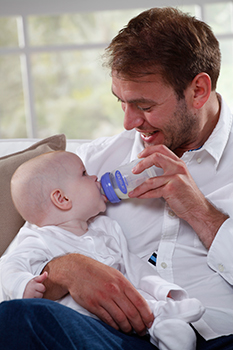
Paced Responsive Feeding
The style of bottle feeding currently being used has been associated with various increased...
Read More -
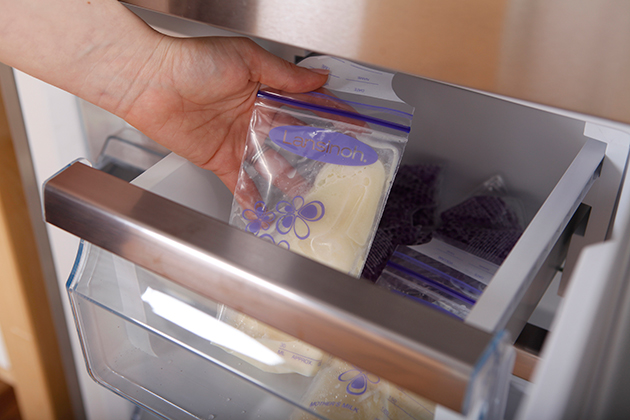
Storing Expressed Breastmilk
Safe temperature storage guidelines The following are guidelines from La Leche League International on how...
Read More -
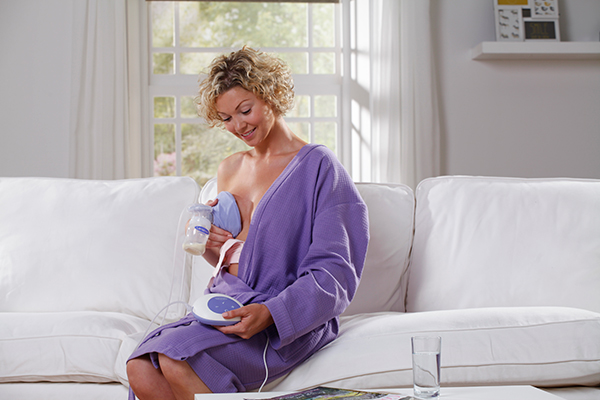
Selecting A Pump
The first decision you will make when buying your breast pump is whether to...
Read More -

Breast Pumping Tips
Here are a few more tips to help you pump successfully: 1) One of the most...
Read More
You May Also Need
-
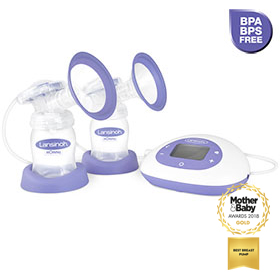
2 in 1 Double Electric Breast Pump
Lansinoh’s 2-in-1 Electric Breast Pump is the very best option for mothers who want comfort, flexibility... View -

Feeding Bottle with NaturalWave® Teat
In order to achieve your breastfeeding goals, you may choose to express your precious breast milk and... View
